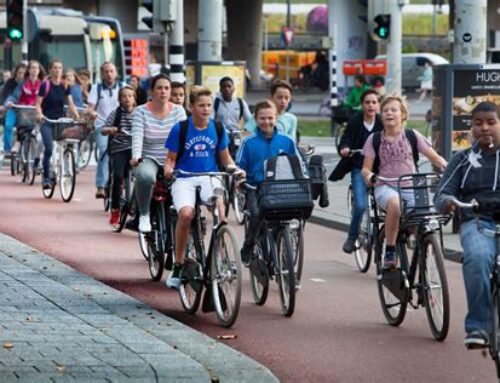Approached in 2014:
Somewhere in 2014 I was approached by our Italian partners, the PLEF Foundation, with the question to help the student Caterina Dada by answering some questions on our interpretation of the word and concept of “Sustainability”. The line of questioning was very much based on the old Brundlandt definition of sustainable development.
My own definition
I answered from the perspective of my own definition of sustainable human progress as used to define complex Sustainocratic ventures to “sustain humankind” as a wellness seeking species. Her research was looking at mediterranean countries and the interpretation of the concept in the different cultures. She also had a closer look at the precize meaning of the word used in each culture. The Netherlands is of course not mediterranean but we were a welcome addition to the list.
My own practical approach in the Netherlands is to see Sustainable human progress as an innovation driver, a leadership opportunity for (co) creation of new values for global expansion. The Dutch authorities have been seeing sustainability issues as “a cost” with a challenging demand for change of everything that the Netherlands has grown into and that could now be questionable in terms of sustainable progress. My own approach turns things around and sees the development as an evolutionary chance.
The thesys
Recently Caterina presented us with her summary of conclusions and allowed me to blog them. With great pleasure I share it with you. It is of importance to me too because we look into the expansion of our citizen driven ventures, s.a. AiREAS for the co-creation of healthy cities. The way cultures and demographic, historical differences react around individual and collective responsibility, authority and ethics in value driven progress and innovation, including the effects of technology and communication on behavior and change, will be subject for research and growth development of our concept of “Global issues, local solutions, global expansion”. The thesis of Caterina shows that interpretation of the concept is not uniformly developed around the world, adding an interesting dimension to our own drive for expansion of Sustainocracy.
Conclusion of the thesis
“The different interpretations of the concept of sustainability
in the Mediterranean area”
by: Caterina Dadà
From the research on the concept of sustainability in the Mediterranean area conducted through the survey that you kindly filled in, several agreements, several disagreements but also a wide range of shades. From the analysis of the answer to the question about sustainable development definition (a topic that is implicitly given for granted in a project about sustainable touristic development) almost every association answered in a different way. Some associations consider sustainability as an answer to current world issues, some as a natural evolution of humanity, some others look at it as a method to enhance local territory. Furthermore some associations link sustainability to a decrease of consumption, some others to a transformation of consumption and the Italian one even with a growth of this phenomenon. There is also an association, the German one, who even does not give any definition because it considers sustainability a subjective topic.
This disagreement on the concept of sustainability is well shown in the language. Two different roots at the base of the translation of the term sustainability are used: on one side the root at the base of the Arabic term التنمية المستدامة o “Istidameh”, or of the French one “développement durable” is related to the underlying concept of duration and renovation; on the other side languages such as Italian, Spanish and English translate the concept using the root “sustain”, from the Latin “sub teneo”, which is related to the semantic field of conserving, preventing one thing from changing.
However from the analysis of the remaining answers important agreements also emerge. Every association, for example, agrees on the fact that the present generation has responsibilities towards the coming generations. Another common point is that sustainability concerns the environmental sphere as well as the economic and social one. Finally, all the associations of the Mediterranean area link sustainability with the promotion of local areas and with community engagement.
As already mentioned, there is also a wide range of affinities and slight differences that allows the enrichment of intercultural communication: if, on one hand, common values are needed in order to build up the common ground upon which establishing the dialogue, on the other hand, small subtleties of interpretation allow “contamination” with other points of view without feeling one’s own believes threatened. We could say that these small differences build up a bridge that prevents diversity to become. As a consequence of what stated before, the existence of different interpretations of the concept of sustainability within the countries of the Mediterranean area should not be a concern: once a common vision on some basic agreements has been established, the existence of a wide range of big and small differences in the interpretation of the concept of sustainability, if accepted with awareness, does not make the concept of sustainability too loose or too wide, but it make the concept deeper, richer and adaptable to the different contexts of the real world. And this seems to be the situation of ONMEST2.
Although some disagreements about the concept of sustainability and differences in the organisation and management of projects, associations are brought together by the will to develop their region in a way that is lasting, effective and inclusive: a common view on some aspects of sustainability that offers an excellent. Finally, this enrichment deriving from diversity would be lasting and effective if, at the end of the project, participants will make a formal reflection on the differences they have run into during the collaboration: this would make every association aware of the acquired knowledge about other participants’ values, interpretations and habits, thus facilitating future potential dialogues.




Leave A Comment